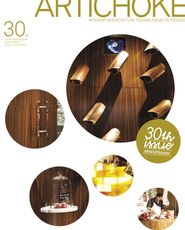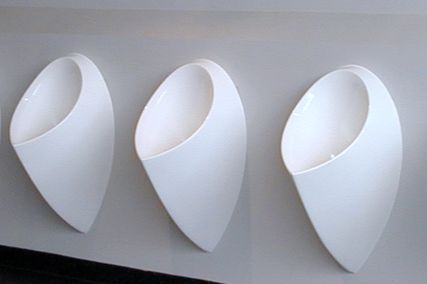Like any classic dish, there are some essential ingredients in a good lighting scheme which need to be applied in the right measure at the right time to get a tasty outcome. The restaurant must portray a convivial and welcoming appearance, make the patrons look and feel good, and reveal the food in the most appetising manner. Unfortunately, the same care is not often given to the lighting as to the rest of the interior design. Whether “destination dining” or at the local, enjoying a meal out with friends and loved ones should feel special. What role can lighting play in achieving this?
So often a fortune is spent on decor that is lit poorly to little effect. There should be a degree of theatricality to the space, a contrast to a patron’s usual surroundings. It is important that the lighting flatter. Indeed the lighting of the interior is of secondary importance to the lighting of the people. A dramatically pin-spotted table might look impressive upon entry but if that same spot is casting deep shadows under your dining partner’s eyes, the magic is soon lost.
It sounds obvious, but it is also good to be able to read the menu. A lone candle in the middle of the table is unlikely to cut the mustard in this regard, particularly for more senior clientele. An ambient light is your friend here; spot lighting alone is likely to cause either glare or shadows. Beware of glare when lighting interior features. There is nothing more beautiful than fresh flowers lit with a narrow spot from above; however, there is nothing worse than being dazzled by a spotlight that is aimed at too shallow an angle, perhaps as a result of a changed table layout. Never aim a spotlight more than 15 degrees from the vertical. Designers must think about the quality of light, which should showcase the colour and texture of the food being served. Until LED lighting is available with excellent colour rendering properties (it is anything but at present), always opt for affordable, easily controllable tungsten halogen lights.
Prevent unwanted views of harsh light. The classic example is the blast of fluorescent light from the kitchen every time the waiter appears. While it is important to provide good light for the cooking staff, front of house ambience is king and some thought to how the kitchen is planned is advisable. If someone else is designing the kitchen lighting, make it your business to know what is being proposed and ensure the UV insect-zapper is well out of sight!
Convince the owner to invest in a decent lighting control system and design the scheme with as many channels as can fit within the budget - it is better to save money on the light fittings than the control system. And remember, a control system is not a row of rotary dimmers with pencil marks indicating different moods, but rather an automated system where a range of scenes can be set and called up for special events or according to the time of day.
Last but not least, the bathrooms should be lit to make patrons feel a million dollars - a soft, warm light is perfect. Get this right and, assuming the food and service are good too, the customers will keep coming back.















